💻 Facilities & Equipments
Click on each product to know the technical details.
Lab Facilities Booking Form

Laser Doppler vibrometry (LDV) is currently the method that offers the best displacement and velocity resolution and is used in many fields of basic science. It enables femtometer amplitude resolution and is linear and therefore has a consistent amplitude right up to the very high frequency ranges – practically reaching more than 2 GHz at present. These properties are independent of the measuring distance, so this principle is used both in microscopic operations and over very large distances. Light as a sensor does not influence the sample, making it non-invasive and therefore enabling measurements to be carried out on extremely small and extremely lightweight structures. Since this procedure offers such unbeatable properties, Polytec has made it robust and fit for use in both the laboratory and outdoors. The Laser Doppler Vibrometer (LDV) has been associated with several test platforms related to Active and Passive Vibration Control.
-
For the UG students, two test set-ups are developed for testing of Vibration Response of 2D Plates related to all the classical boundary conditions that is Fixed-Free-Fixed-Free, Cantilever, Fixed-Free-Hinged-Free, all clamped and all hinge conditions. Through a forced exciter, the students could study the harmonic excitation responses of rectangular plates.
-
For the PG students, the same test set-up is used for the testing of symmetric and asymmetric laminated composite plates. An extension for active vibration control has been developed where SMA wires attached to the plate provide initial stress to the plates and thus the influence of active strain on the dynamic response is being studied.

In recent years, the new technologies for the visualization of sound sources - Acoustic Camera - have become extraordinarily relevant in industry and the environmental sector due to their practical and intuitive use, providing engineers with a great new opportunity: " Seeing sound sources with your eyes . ” Powerful and flexible, it makes sound and vibration visible in real time.
It is easy to use for non-acoustic experts and offers great functionality for professionals. It can be adapted to your needs thanks to the its flexibility in array design, number of microphones and state of the art algorithms. Being able to switch between beamforming, holography and sound intensity measurements allows you to analyze a wide range of objects.
Intel® RealSense™ Tracking Camera

- V‑SLAM, part of Intel® RealSense™ Technology: High precision Visual Inertial Odometry Simultaneous Localization and Mapping algorithms.
- Intel® Movidius™ Myriad™ 2.0 VPU:Visual Processing Unit optimized to run V‑SLAM at low power.
- Two Fisheye lenses with combined 163±5° FOV: The camera includes two OV9282 imagers with fisheye lenses for a combined, close to hemispherical 163±5° field of view for robust tracking even with fast motion.
- BMI055 IMU: The Inertial Measurement Unit, allows for accurate measurement of rotation and acceleration of the device, to feed into the V‑SLAM algorithms.
- USB 3.1 Gen 1 Micro B: USB 2.0 and USB 3.1 supported for either pure pose data or a combination of pose and images.
- 108 x 24.5 x 12.5 mm: Small form factor designed to mount on any device with ease.
- 2 x M3 0.5 mm pitch mounting sockets: Securely attach the camera to your device with these standard mounting points on the rear of the camera.

Graphics Processing Units (GPUs) have rapidly evolved to become high performance accelerators for data-parallel computing. Modern GPUs contain hundreds of processing units, capable of achieving up to 1 TFLOPS (trillion floating point operations per second) for single-precision (SP) arithmetic, and over 80 GFLOPS (billion floating point operations per second) for double-precision (DP) calculations. Recent high-performance computing HPC-optimized GPUs contain up to 4GB of on-board memory, and are capable of sustaining memory bandwidths exceeding 100GB/sec. The parallel hardware architecture and high performance of floating point arithmetic and memory operations on GPUs make them particularly well-suited to many of the same scientific and engineering workloads that occupy HPC clusters, leading to their incorporation as HPC accelerators.

The ViperX 300-6DOF Robot Arm is made for education and research with support for ROS (Melodic & Noetic), Moveit, Gazebo and MATLAB® as well as demos and instructional videos to help get you up and running with your platform in under an hour. The ViperX 300-6DOF offers 6 degrees of freedom and a payload capacity of 750g. The XSeries arms operate on the same central open-source code repository making it easy to transfer concepts from one platform to another. Perfect for the classroom, the ViperX 300-6DOF is ideal for applications such as vision-based pick & place, machine learning and artificial intelligence.
The ViperX 300 6DOF comes fully assembled and tested and is constructed from extremely rigid 20mm x 40mm extruded aluminum and aluminum brackets. The arm sits on an industrial grade slewing bearing for added stability and accuracy. The electronics are covered with a transparent acrylic shield to keep the electronics free from debris as well as with impact from the arm itself.
- Degrees of Freedom: 6
- Reach: 750 mm
- Span: 1500 mm
- Repeatability: 1 mm
- Working Payload: 750 g
- Weight: 9.5 lbs
Compressed Air 8-inch Pipeline Test Bed
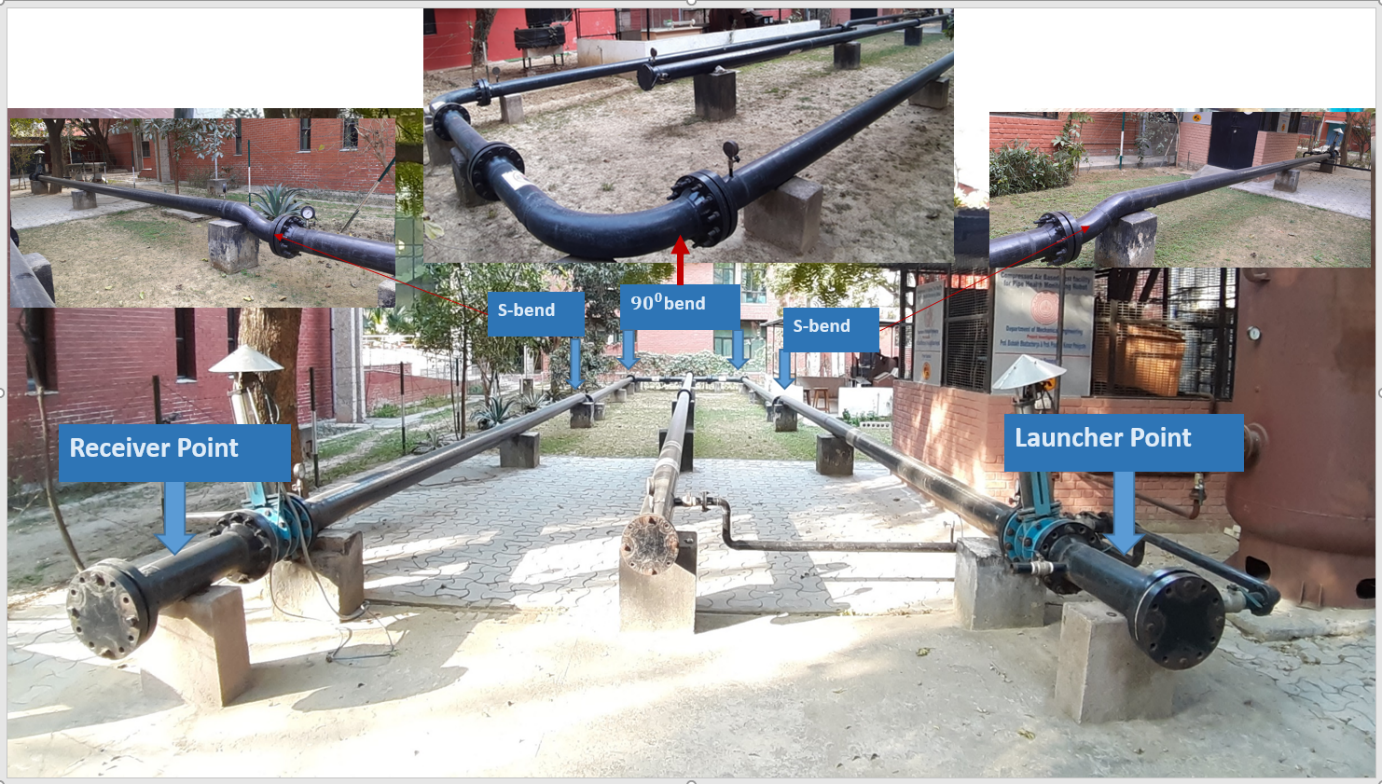
- The test bed (30m x 7m) consists of two sections: Straight Section and Complex Section.
- The straight section tests the basic functionalities of the robot, like its normal motion, performance under different pressures, etc.
- Straight section is effectively the first hurdle that the robot has to pass before it can be tested in the complex section.
- The complex section consist of two horizontal 90˚ elbow bend and two vertical S-bend
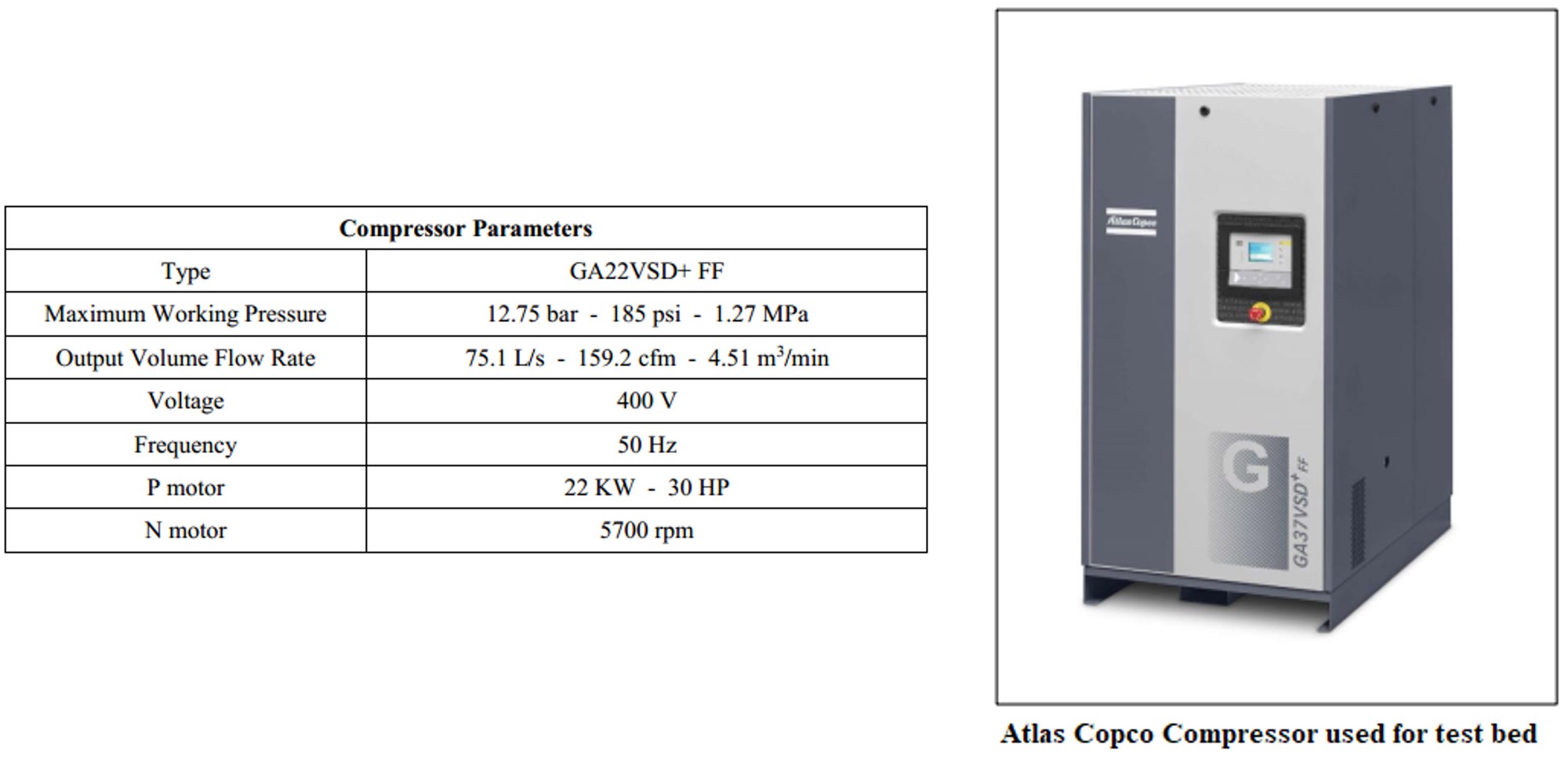
ANYCUBIC Photon Mono X
- Printing Technology: LCD-based SLA (Stereolithography)
- Build Volume: 192mm (L)x 120mm (W)x 245mm(H)
- Light-source: high-quality filament(wavelength 405nm)
- Layer Res.: 0.01-0.15mm
- Printing Speed: MAX 60mm/h
- Material: 405nm UV Resin
- Printer Size : 270mm(L)x290mm(W)x475mm(H)
Ultimaker 3 Extended

- Printing Technology: FDM (Fused Deposition Modelling)
- Extruder Quantity: Two
- Build Volume: 215 x 215 x 300 mm
- Layer Resolution: 20~200 microns
- Positioning Precision: XY = 11 microns Z = 2.5 microns
- Filament Diameter: 2.85 mm
- Nozzle Diameter: 0.4 mm
- Max Nozzle Temperature: 280 °C
Creality Ender-3 V2

- Modeling Technology: FDM(Fused Deposition Modeling)
- Printing Size: 220 x 220 x 250mm
- Filament: PLA/TPU/PETG
- Filament Diameter: 1.75mm
- Layer Thickness: 0.1-0.4mm
- Print Precision: ±0.1mm
- Hotbed Temperature: ≤100°
da Vinci 1.0 Pro

- Print Technology: FFF(Fused Filament Fabrication)
- Max. Build Area (WxDxH): 200 x 200 x 200 mm
- Layer Resolution: 20 - 400 microns
- Nozzle Diameter: 0.4 mm
- Number of Nozzles: 1
- Nozzle Temperature: Max. 240 °C
- Engraving Area: 20 cm x 20 cm
d33 PiezoMeter Systems - PM300

- d 33 range: 0 to 10,000 pC/N
- Accuracy: ± 2% ± 1 pC/N
- Loading: 1.0 µF
- Frequency: 30 - 300 Hz
- Force: Variable by user setting between 0.05 to 0.50 N.
- Options to measure coefficients g33, d31, d15, g31, g15, C, εT33, tan δ, etc.
- PC-Driven or stand-alone operation

Mide’s Piezo Protection Advantage (PPA) standard products utilize the piezoelectric effect to convert mechanical energy in the form of vibration or shock into electrical energy. All of the PPA products can be tuned to a wide range of frequencies. Adding tip mass dramatically reduces the resonant frequency, and further adjustment can be made by changing the clamp location. The piezo beams can be clamped on both ends or bonded to a stiffer beam to increase the resonant frequency.

- Max. blocking force: 28N to 1kN depending on width of MFC
- Max. operating voltage: P1, S1, F1: -500V to +1500V P2, P3: -60V to 360V; P2 Single Crystal: 0V to 500V
- Max. operating frequency: Actuator: 10kHz; Sensor, Harvester <1MHz
- Typical lifetime: Actuator- 10E+9 cycles; Sensor- 10E+11 cycles (< 400ppm); Harvester- 10E+10 cycles (< 600ppm)
- Typical thickness: 300µm, 12mil
- Typical capacitance: P1, S1, F1: 2nF to 12nF P2, P3: 25nF to 200nF
LDS Shaker V455
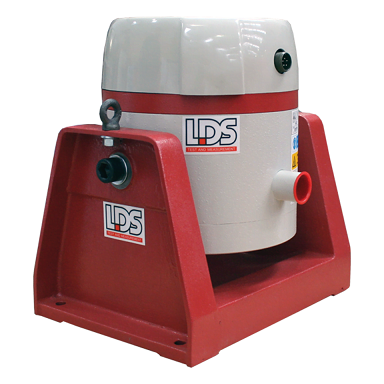
A permanent magnet electrodynamic shaker for vibration testing of small assemblies and electronics, fatigue and resonance tests, and modal and structural analyses. Capable of imparting forces up to 489 N (110 lbf).
LDS Shaker V201

An electrodynamic, permanent magnet shaker for fatigue and resonance testing, modal and structural analyses, and vibration screening of small components. Peak sine force ratings of 17.8 N (4 lbf) or up to 26.7 N (6 lbf), when forced-air cooled.
LDS Shaker V101
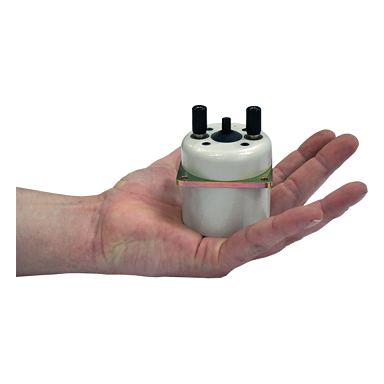
A permanent magnet, electrodynamic shaker for vibration screening of very small components and assemblies, and for modal and structural analyses and other types of bench-top testing. Peak sine force rating of 8.9 N (2 lbf).
Modal Exciter 2025E
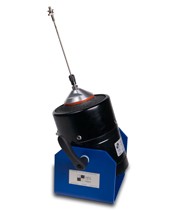
The Modal Shop 2025E, a very lightweight electrodynamic modal exciter, is capable of providing 13 lbf (58 N) of peak force excitation in a small footprint weighing just 13 lb (6 kg). With a 0.7 in (18 mm) stroke and frequency range up to 9 kHz, the 2025E is suitable for structural testing and experimental modal analysis applications, including single and multiple inputs (SIMO and MIMO) using random, burst random, sine dwell and chirp excitation signals.
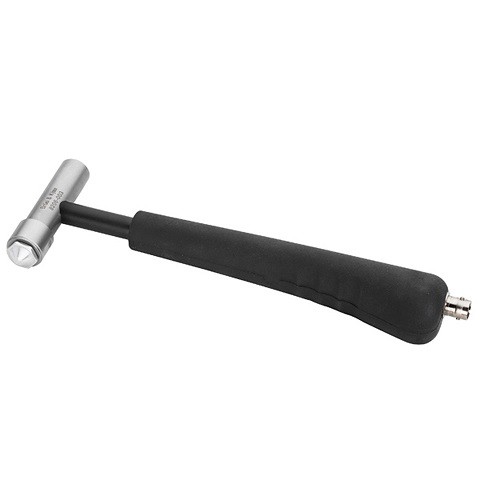
Impact Hammer Type 8206 is designed with a head mass of 100g, and a provides a sensitivity of 22.7 mV/N. A CCLD accelerometer (or laser velocity transducer) is used to measure the response of the structure when using the impact hammer.
- Technology: CCLD
- Sensitivity: 22.7 mV/N
- Range full scale: 222 N
- Maximum force: 4448 N
- Head mass: 100 g
- Operating temperature range: -55° to 125°C
- Overall length: 223 mm
- Handle material: Fibreglass with Rubber Grip
- Case material: Stainless steel
- Connector electrical: BNC
MODEL : 208C01 | ICP® FORCE SENSOR

Platinum Stock Products; Multi-purpose, ICP® force sensor, 10 lb comp., 10 lb tension, 500 mV/lb
- Measurement Range: 10 lb (0.04448 kN)
- Sensitivity: (±15%)500 mV/lb (112410 mV/kN)
- Low Frequency Response: (-5%)0.01 Hz
- Upper Frequency Limit: 36000 Hz
- Temperature Range: -65 to +250 °F (-54 to +121 °C)
- Mounting Thread: 10-32 Female
MODEL : 208C02 | ICP® FORCE SENSOR

Platinum Stock Products; Multi-purpose, ICP® force sensor, 100 lb comp., 100 lb tension, 50 mV/lb
- Measurement Range: 100 lb (0.4448 kN)
- Sensitivity: (±15%)50 mV/lb (11241 mV/kN)
- Low Frequency Response: (-5%)0.001 Hz
- Upper Frequency Limit: 36000 Hz
- Temperature Range: -65 to +250 °F (-54 to +121 °C)
- Mounting Thread: 10-32 Female
MODEL : 352A24 | ACCELEROMETER, ICP®

Platinum Stock Products; Miniature, lightweight (0.8 gm) ceramic shear ICP® accel., 100 mV/g, 1 to 8k Hz, aluminum hsg, 10-ft detachable cable
- Sensitivity: (±10%)100 mV/g (10.2 mV/(m/s²))
- Measurement Range: ±50 g pk (±490 m/s² pk)
- Broadband Resolution: 0.0002 g rms (0.002 m/s² rms)
- Frequency Range: (±5%)1.0 to 8000 Hz
- Sensing Element: Ceramic
- Weight: 0.03 oz (0.8 gm)
MODEL : 393B12 | ACCELEROMETER, ICP®, SEISMIC

Seismic, high sensitivity, ceramic shear ICP® accel., 10 V/g, 0.15 to 1k Hz, 2-pin top conn.
- Sensitivity: (±10%)10000 mV/g (1019.4 mV/(m/s²))
- Broadband Resolution: 0.000008 g rms (0.00008 m/s² rms)
- Measurement Range: 0.5 g pk (4.9 m/s² pk)
- Frequency Range: (±5%)0.15 to 1000 Hz
- Electrical Connector: 2-Pin MIL-C-5015
- Weight: 7.4 oz (210 gm)
Data Acquisition System: Graphtec GL2000
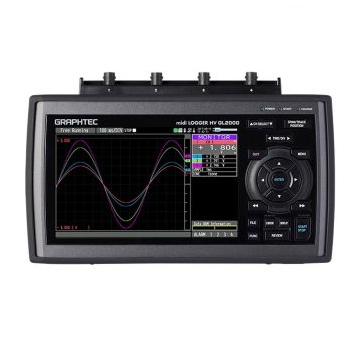
he Graphtec GL2000 HV Midi Data Logger is a high-speed, high-voltage data logger with 4 isolated channel measurement capability.
Key Features:
- 4 Channel High Speed Simultaneous Sampling
- CAT III 600V Compatible
- Measure AC 600V Measurement With True-rms
- Built-In High-Capacity RAM (4 M Sampling/ch)
- 4GB Flash Memory
- Large Easy-To-Read 7-Inch LCD Screen
Turn the handle of this dispenser for precise delivery of small volumes. Dispense fluids with an accuracy of ±0.5% of reading or ±1 scale division, whichever is greater. Fluids only come in contact with the borosilicate glass tip, PTFE syringe barrel, and Viton® O-rings. Optional PTFE O-rings are available separately for applications working with harsh chemicals.
- Capacity (mL): 2
- Graduation Interval (mL): 0.002
The Bosch laser tool for measuring and documenting easily and professionally – a smart solution for all surroundings.
- Precise targeting thanks to the digital viewfinder with zoom function – also for outdoor applications and long distance
- Optimal readability due to large 2.8” IPS colour display with extra robust cover glass
- Fast collection and documentation of measured values thanks to Measuring Master App



